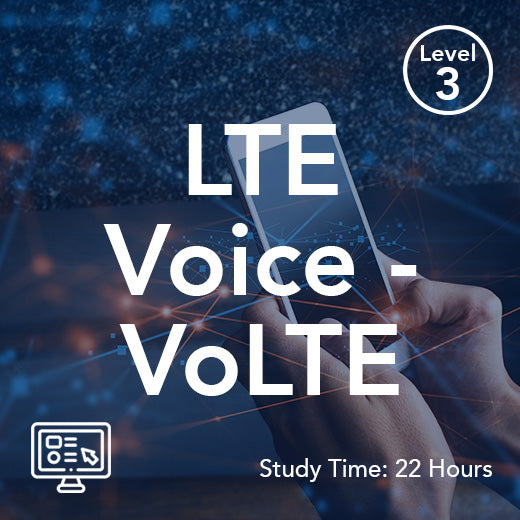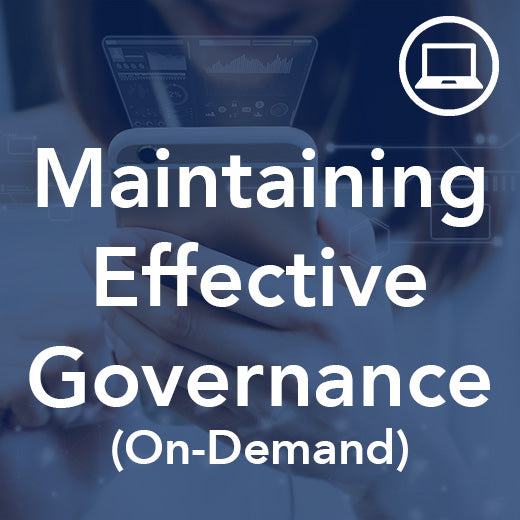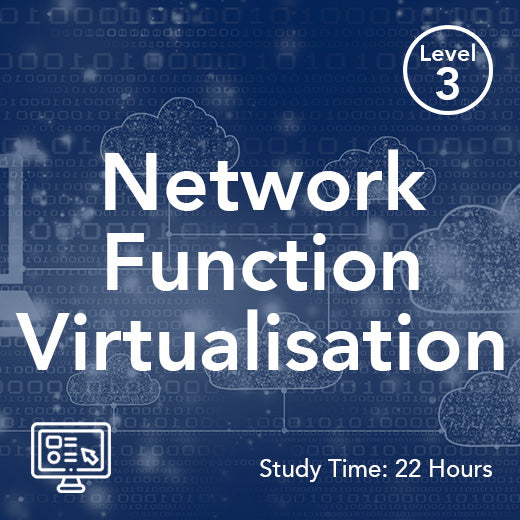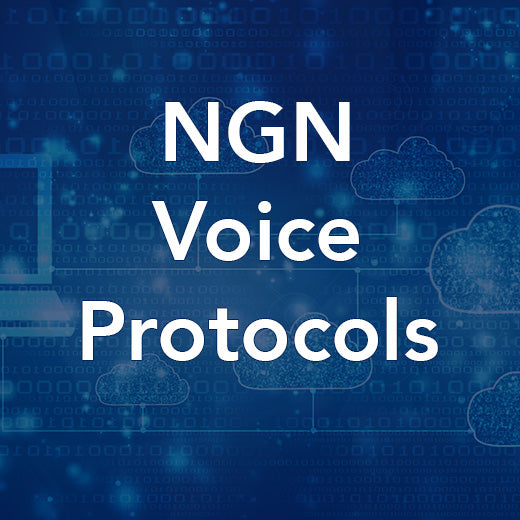Radio transmitters produce electromagnetic fields which members of the public may be exposed to. In order to assess people’s safety their exposure must be measured and compared with the appropriate limits. This course will focus on the measurement of general public exposure; in addition, some aspects of occupational exposure are discussed. The lecture will be supported by practical measurements of real-life radio signals by nearby RF transmitters.
Course Objectives
After completing the training, delegates will be able to perform measurements of RF exposure caused by different radio services which follow the correct measurement methodology, equipment settings and post processing. They will also understand the philosophy behind the exposure limits.
Intended for
This course is intended for those who have basic knowledge in RF wireless communication techniques and understanding in spectrum analyzer, who are interested in measurement of human exposure to RF electromagnetic fields and who may be employed in regulatory authorities, environmental agencies, radiation protection authorities, health and safety departments of network operators or measurement laboratories.
Contents
ICNIRP‘s RF exposure limits philosophy
Status of current biological research
Basic measurement principles
Derivation of an appropriate measurement methodology
Correct measurements of FM, DAB, DVB-T, GSM, UMTS, LTE, 5G, TETRA, and radar
exposures
Measurement report and uncertainty budget, typical sources of error
Measurement strategies
Measurement practice on real-life signals
About LS telcom:
LS telcom is a global leader in technologies and consulting services for efficient radio spectrum use, optimizing spectrum management to ensure reliable, interference-free, and secure radio services. Our portfolio includes consulting, measurement services, and integrated solutions for planning, analysis, monitoring, and managing radio infrastructure.
Serving customers in over 100 countries, including regulatory authorities, network operators, and industries such as transport, utilities, and security, LS telcom operates globally with subsidiaries and offices in locations like Germany, the UK, Canada, India, and the UAE. Headquartered in Lichtenau, Germany, LS telcom AG has been listed on the German Stock Exchange since 2001 (ISIN DE 0005754402).
Read more less





























































